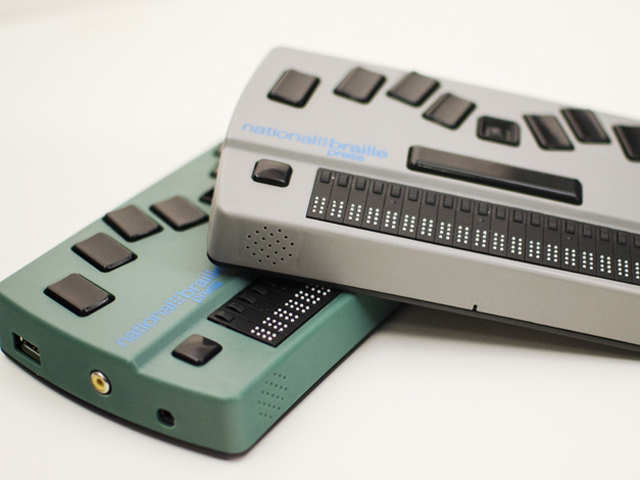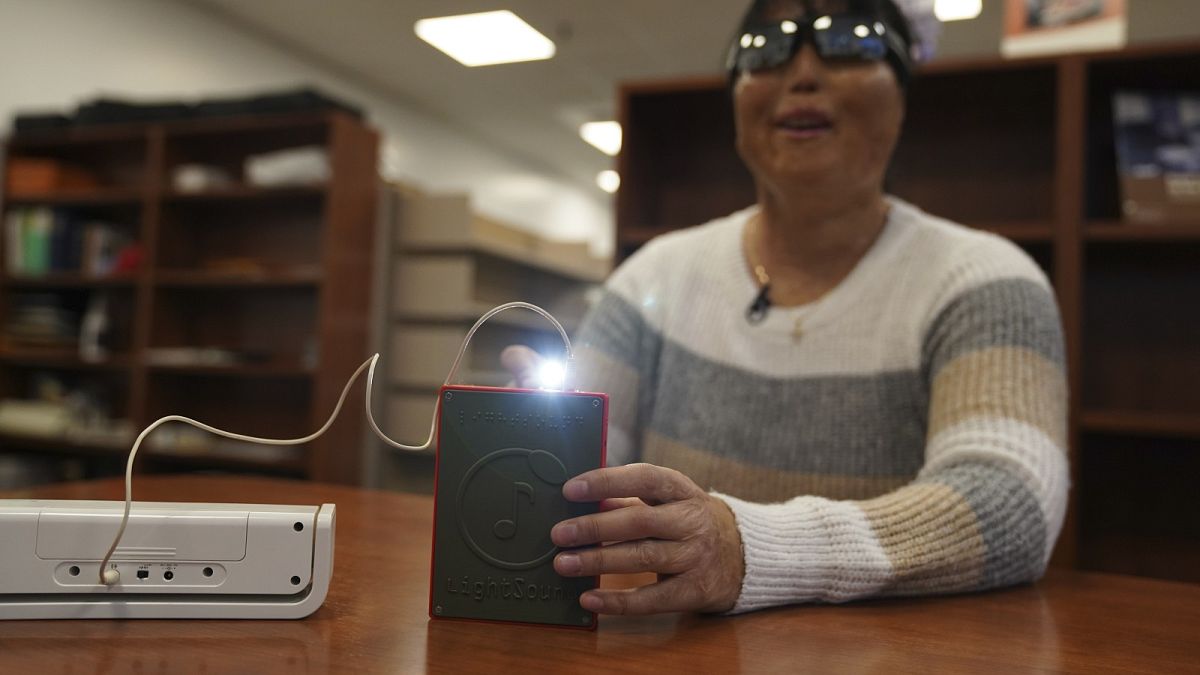OCR Devices for the Blind: Turning Text into Speech with Ease
Empowering Self-reliance With Assistive Innovation for the Blind
The combination of assistive innovation right into the lives of individuals with aesthetic impairments stands for a substantial innovation in advertising self-reliance and self-sufficiency. From cutting-edge screen viewers to innovative clever walking sticks, these devices not only boost daily navigating and communication yet likewise encourage individuals to engage meaningfully in various facets of life. As we check out the myriad advantages and real-world applications of these innovations, it comes to be important to examine the hidden factors that add to their effectiveness and the capacity for future growths in this important area.
Summary of Assistive Modern Technology

The growth of assistive modern technology is grounded in concepts of inclusivity and empowerment. Innovations in software, hardware, and sensory enhancements provide individuals with alternatives tailored to their certain requirements. From screen viewers that transform text to speech, to tactile tools that share information through touch, these devices change the way people involve with their environments.
In enhancement to functional applications, assistive innovation fosters better social addition and participation in numerous markets, including education and learning and employment (Screen readers for the blind). As r & d continue to evolve, the capacity for assistive technology to further boost the lives of visually damaged individuals continues to be promising, leading the way for an extra equitable culture where everyone can prosper
Types of Assistive Tools
A variety of assistive devices have actually arised to support individuals with aesthetic disabilities, each made to meet certain needs and improve day-to-day functioning. These gadgets vary from low-tech services to state-of-the-art advancements, providing diverse choices for customers.
Low-tech tools include magnifiers and large-print products that help in analysis and writing. Braille devices, such as Braille stylus pens and slates, allow responsive reading and interaction. Alignment and mobility help, like white canes, assist individuals navigate their atmosphere securely.
On the higher end of the range, electronic magnification systems and screen visitors offer considerable assistance. Digital magnifiers allow users to expand message and photos on displays, while display viewers transform electronic material right into manufactured speech, facilitating access to details on computer systems and smart devices.
Smart device applications additionally play an essential function, supplying attributes like message acknowledgment and navigation support. Wearable innovation, such as wise glasses furnished with augmented fact, is arising as an encouraging device to boost situational recognition.
Advantages of Assistive Technology
The combination of assistive technology considerably enhances the lifestyle for individuals with visual impairments. These modern technologies equip individuals by promoting self-reliance, enabling them to browse their settings more effectively and perform daily jobs with higher simplicity. Screen viewers and magnifying software application allow people to gain access to digital details, cultivating academic and professional possibilities that might have previously been out of reach.
In addition, assistive gadgets such as smart walking canes and GPS applications provide real-time navigating assistance, boosting movement and safety. This boosted autonomy not just improves self-worth however additionally motivates social engagement, permitting users to get involved more totally in their communities.
Assistive modern technology also promotes communication, aiding users get in touch with others through voice recognition and text-to-speech applications. This capability is essential for keeping partnerships and accessing essential details.
Additionally, the modification options offered with many assistive innovations make certain that users can customize tools to their particular demands, further improving usability and efficiency. visit homepage On the whole, the benefits of assistive innovation for individuals with aesthetic problems are profound, advertising an extra comprehensive culture where everyone can pursue their ambitions and objectives.
Case Studies and Success Stories
Highlighting the transformative impact of assistive modern technology, countless study show exactly how individuals with visual problems have actually effectively integrated these tools right into their day-to-days live. One engaging instance includes a college pupil that used screen analysis software program to navigate scholastic materials and online resources properly. This modern technology not only facilitated her education and learning yet likewise enhanced her self-confidence in taking part in discussions and team tasks.
One more case research features a specialist that employs a smartphone application designed for navigating and item recognition. By utilizing this app, he has gained back autonomy in both his individual and workplace, enabling him to commute independently and engage with coworkers better.
In addition, a retired person shared her experience with braille e-readers, which allowed her to access a large selection of literary works and remain gotten in touch with her area via publication clubs.
These success stories highlight the essential duty of assistive technology in promoting self-reliance, improving lifestyle, and advertising social integration for people with aesthetic problems (Mobility aids for visually impaired users). By accepting these cutting-edge tools, individuals can get over challenges and take possibilities that contribute to their personal and expert satisfaction

Future Patterns in Assistive Innovation
Advancement in assistive innovation is poised to redefine the landscape of support for individuals with visual impairments. Arising patterns highlight the combination of expert system (AI) and artificial intelligence, which boost the capability of gadgets that help with navigation and information access. As an example, AI-driven applications are currently with the ability of interpreting aesthetic information in real-time, allowing users to involve with their setting a lot more independently.
Additionally, the development of wearable modern technology is advancing rapidly. Smart glasses equipped with enhanced reality (AR) can give audio descriptions of environments, transforming just how individuals connect with public spaces. These gadgets not only advertise autonomy yet also foster social addition.
Additionally, the Web of Things (IoT) is making homes smarter, enabling for seamless connectivity between assistive tools and daily appliances. This connectivity empowers individuals by enabling voice-activated controls and computerized responses tailored to specific needs.
Verdict
In final thought, assistive technology plays a critical function in encouraging individuals with visual problems by enhancing their self-reliance and involvement with their surroundings. The diverse variety of tools and applications readily available not just helps with navigating and interaction yet also promotes social assimilation and possibilities for check individual and professional development. As innovations proceed in this field, the potential for boosting the lifestyle for those with aesthetic disabilities will broaden, promoting higher autonomy and empowerment.
